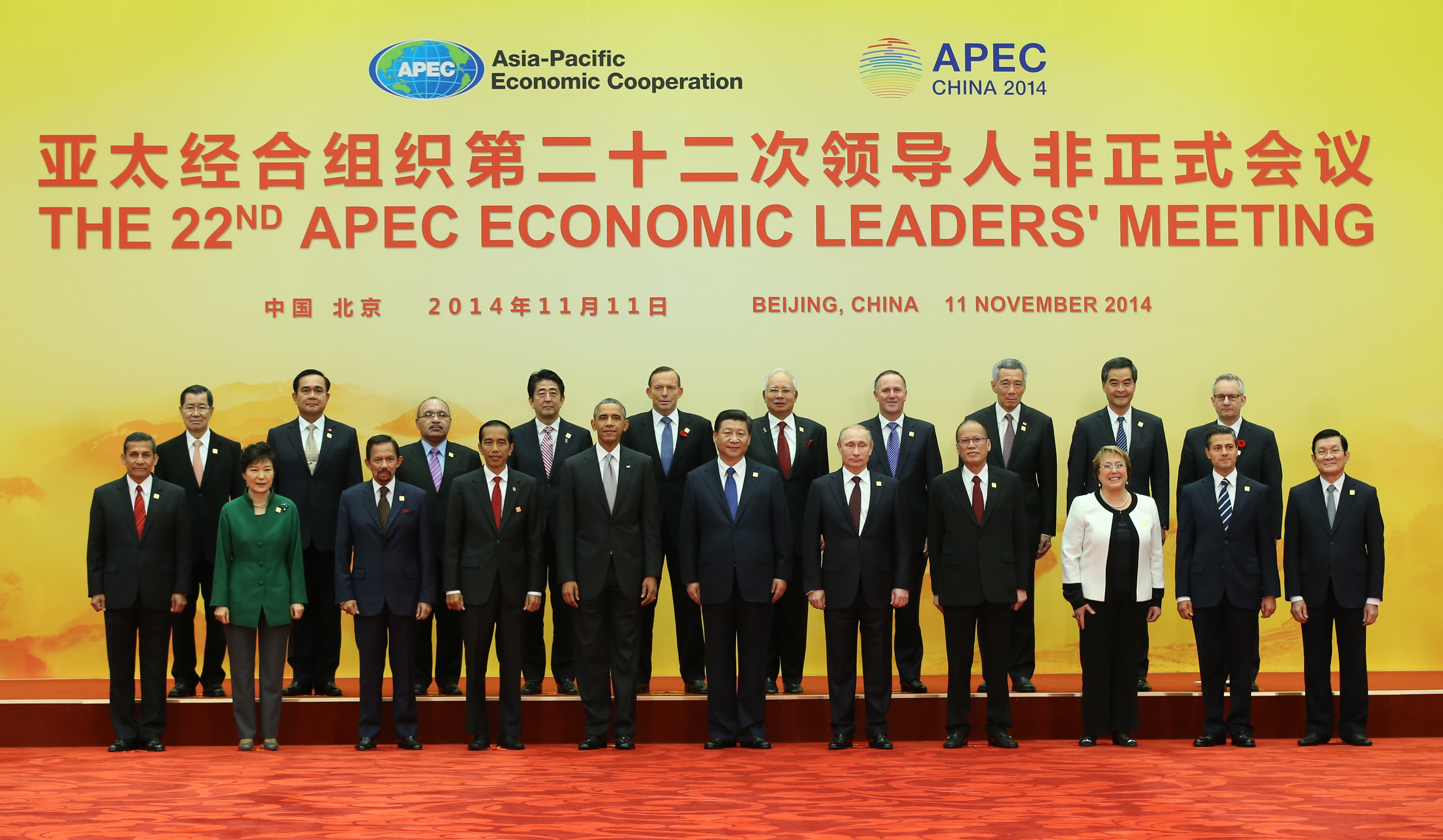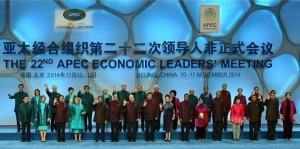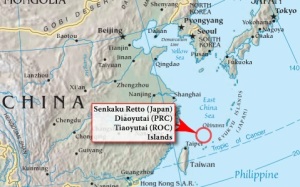Why can’t Japan join the Chinese ‘New Silk Road’?


The Asia Pacific Economic Cooperation (APEC) is a forum for 21 Pacific Rim member states. APEC seeks to promote free trade and economic cooperation throughout the Asia-Pacific region. In addition to a number of meetings that are organized every month to discuss economic and energy issues, APEC also hosts ALEM — the APEC Economics Leader’s Meeting. Since 1993, it has been the institution’s most important annual event. In 2014, it was held on November 10th and 11th. At ALEM, previous agendas are evaluated, and long-term projects are explored for communal benefits, through economic cooperation. At such large-scale events, the current relations between states can be inferred, or are expressed, through the leaders’ interactions. A photo gone viral this year depicted the Chinese Premier Xi Jinping snubbing obvious displeasure the Japanese Prime Minister Abe Shinzo while shaking hands. The Japanese media called Xi JinPing’s behavior disrespectful, especially at an international diplomatic conference. Though it has also advocated that Xi JinPing’s display made Sino-Japanese issues urgent, pressuring Abe Shinzo to expedite resolution, in order to keep the nations’ relations from deteriorating further.
Moreover, what parts of the agenda that are pushed on to the floor for discussion reflect not the mutual benefits of APEC, but rather the interests of specific member states for leverage in negotiations of diplomatic and economic affairs. During the 2014 ALEM, the conservative agenda brought out by China focused on its perspective on cooperation and bargaining with Japan, which is not shared by the other, more inclusive, member states.
China has signed a Free Trade Agreement (FTA) with member states of Association of South-East Asian Nations (ASEAN) and South Korea[1]. Bilateral FTAs allow the states to trade more consistently, at a higher rate, and with lower tariffs. ALEM allows member states to check in on the possibility of signing FTAs. Xi JinPing and Tony Abbot, Prime Minister of Australia, have been able to work towards a Sino-Australian FTA in the next few months. If China and Australia sign a FTA, then China has secured ties with the most significant economies in South East Asia and East Asia — except Japan. The trend of signing FTAs might lead to the emergence of a new Silk Road in Asia[2]. However, it might also signal a Chinese economic strategy towards Japanese economic isolation. This strategy would be beneficial to China if it can protect its own industries from foreign competition, which imports would cause, while still profiting off exporting goods. To compensate for its growing exclusion, Japan has been expanding its trade with the United States, and other western nations.
The unresolved strife between Japan and China stems from historical tensions and territorial disputes, especially in the aftermath of the Rape of Nanjing, of which compensation is still contested. Contemporaneously, one such issue is the increasing size of Japanese Self-Defense Forces. In order to maintain their own security, nearby countries, such as China, have entered an arms race. This movement by Japan has been seen by South Korean and Chinese survivors of World War II as a direct challenge to the San Francisco Peace Treaty (1951) and the Constitution of Japan — which restricts the size of the Japanese military and removes Japan’s right to declare war.

In response to neighboring countries’ reactions, Japan has stated that its reasons for increasing its Self-Defense forces is to protect themselves from the growing power of China and to contribute to the denuclearization of North Korea[3]. United States has shown support to Japan, as it would aid American interest to increase its allies’ strength in East Asia, in order to restrain Russia, North Korea, and China. Counterarguments for Japanese actions have been that its enlarged forces’ purpose is to gain power against China and Taiwan for the disputed Senkaku (Diaoyu) Islands. The three states’ stakes in the islands have been intensified after the discovery of potential undersea oil reserves in 1968, and the 1971 transfer of administrative control of the islands from the United States to Japan[4]. China and Japan have entered small-scale skirmishes in the area, which could have prompted Japan’s movement, through the excuse of national defense.
Although the main goal of APEC meetings and AELM is to maximize the economic performance of the member states through cooperation, as in all international relations, negotiations favor the more powerful nations. Collective goods are not gained, as compromises would be to the detriment of states’ own security and relative power. However, the more globalized state of economics have forced states to engage in cooperation rather than competition. In order to maintain both collective and private gains, diplomacy becomes the arena of power display for leaders and their respective states.
_______________________________________________________________________________
[1] “China FTA Network.” China FTA Network. Web. 17 Nov. 2014. <http://fta.mofcom.gov.cn/topic/chinaasean.shtml>.
[2] “[APEC 정상회의] 美·中, 군사·외교·정치 이어… 亞太경제패권 경쟁.” – 1등 인터넷뉴스 조선닷컴. 12 Nov. 2014. Web. 16 Nov. 2014. <http://news.chosun.com/site/data/html_dir/2014/11/12/2014111200260.html>.
[3] “Japan’s National Defense Report Upsets Neighbors And Warns Of Chinese Military Growth.” International Business Times. 31 July 2012. Web. 18 Nov. 2014. <http://www.ibtimes.com/japans-national-defense-report-upsets-neighbors-warns-chinese-military-growth-734152>.
[4] “How Uninhabited Islands Soured China-Japan Ties.” BBC News. 9 Nov. 2014. Web. 17 Nov. 2014. <http://www.bbc.com/news/world-asia-pacific-11341139>.
